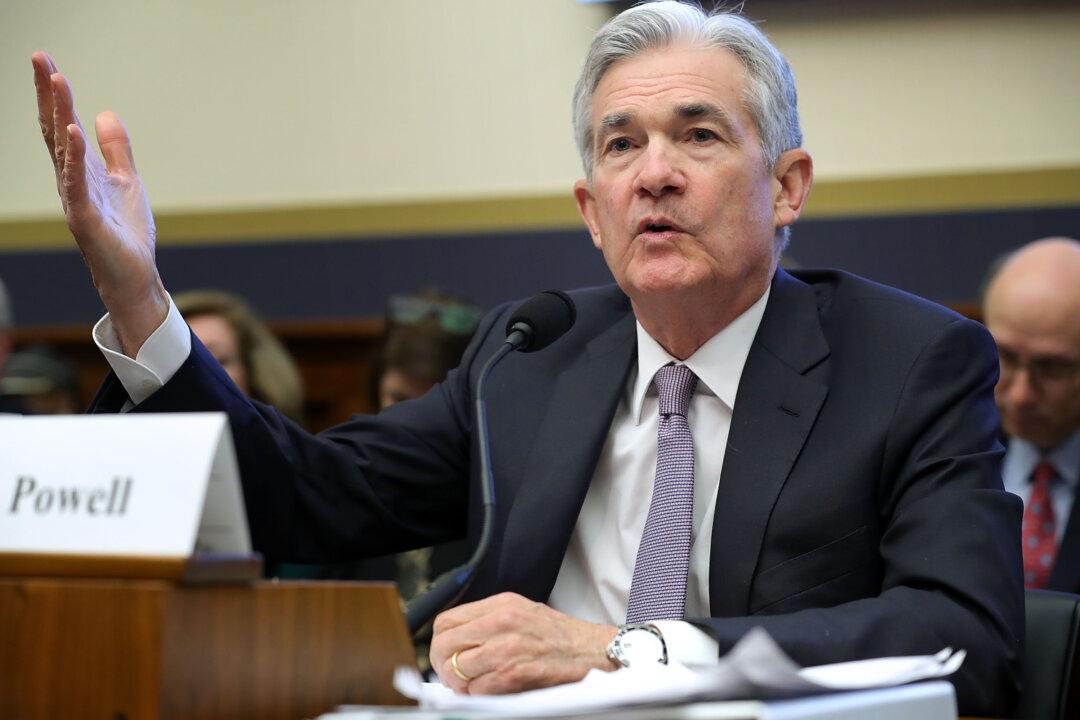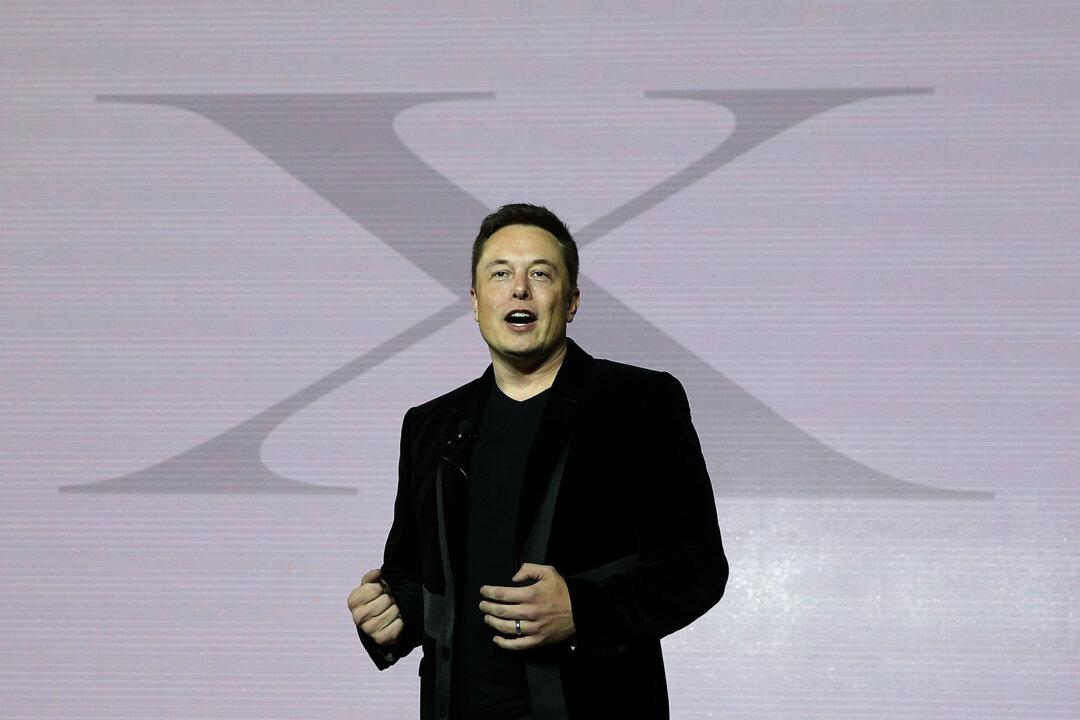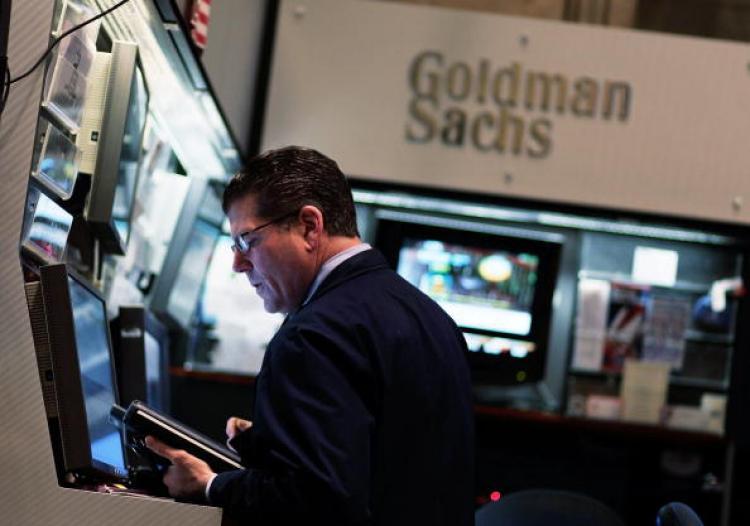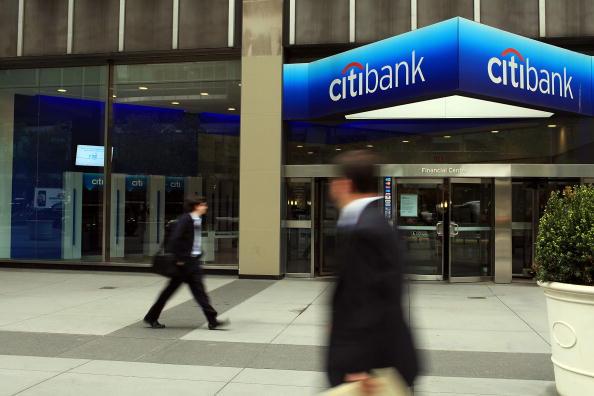President Donald Trump caused a bit of a stir last week when he suggested that rising interest rates are cause for concern. Pundits fretted about “Fed independence,” a concept rendered completely meaningless in the age of quantitative easing.
We agree with the president that Federal Reserve Board Chairman Jerome Powell is “a good man,” yet we also think it is high time that elected officials started to hold the Federal Open Market Committee more accountable for its policy decisions.





